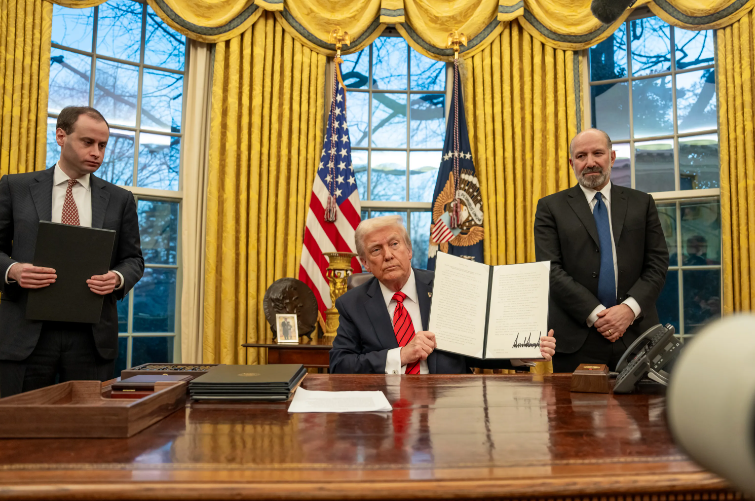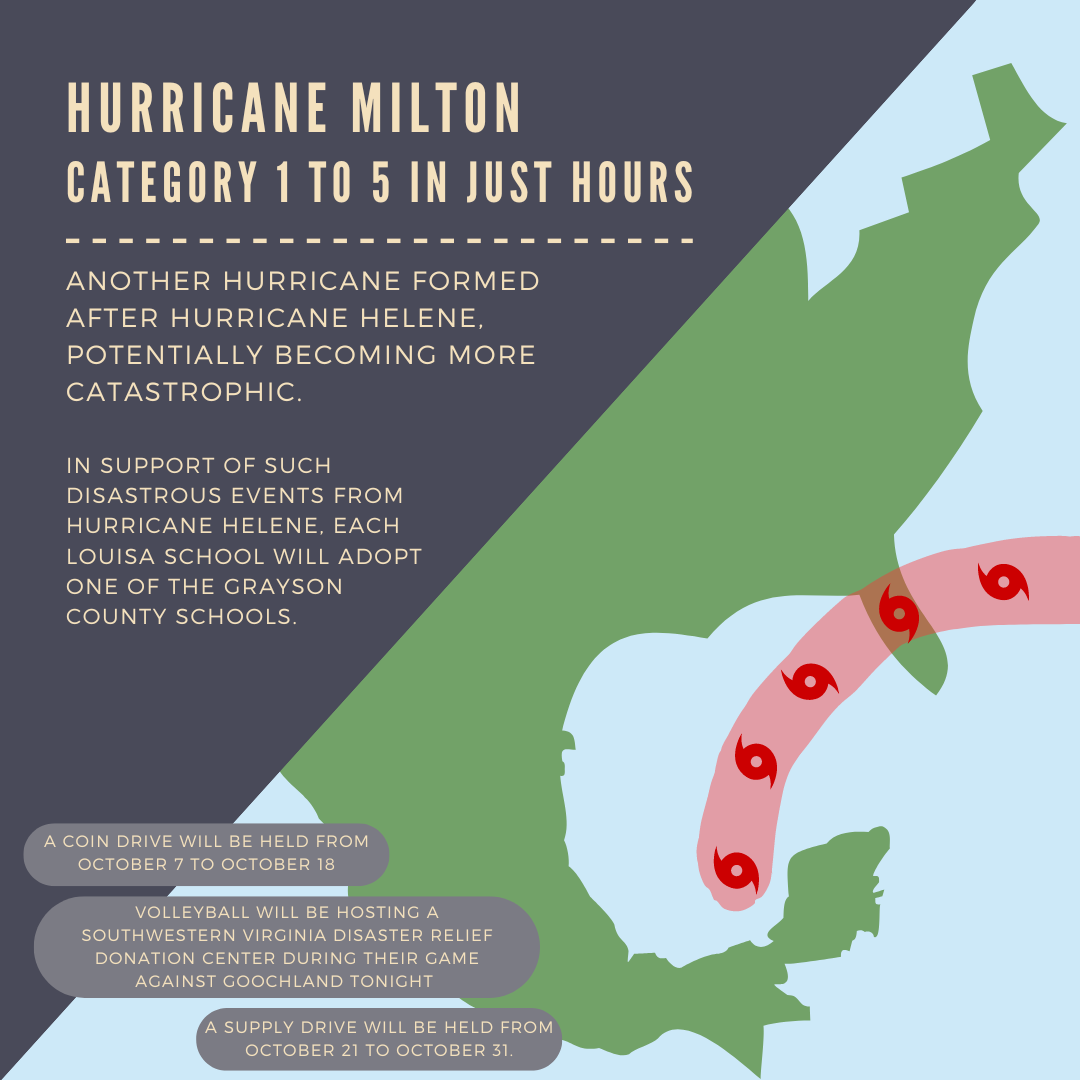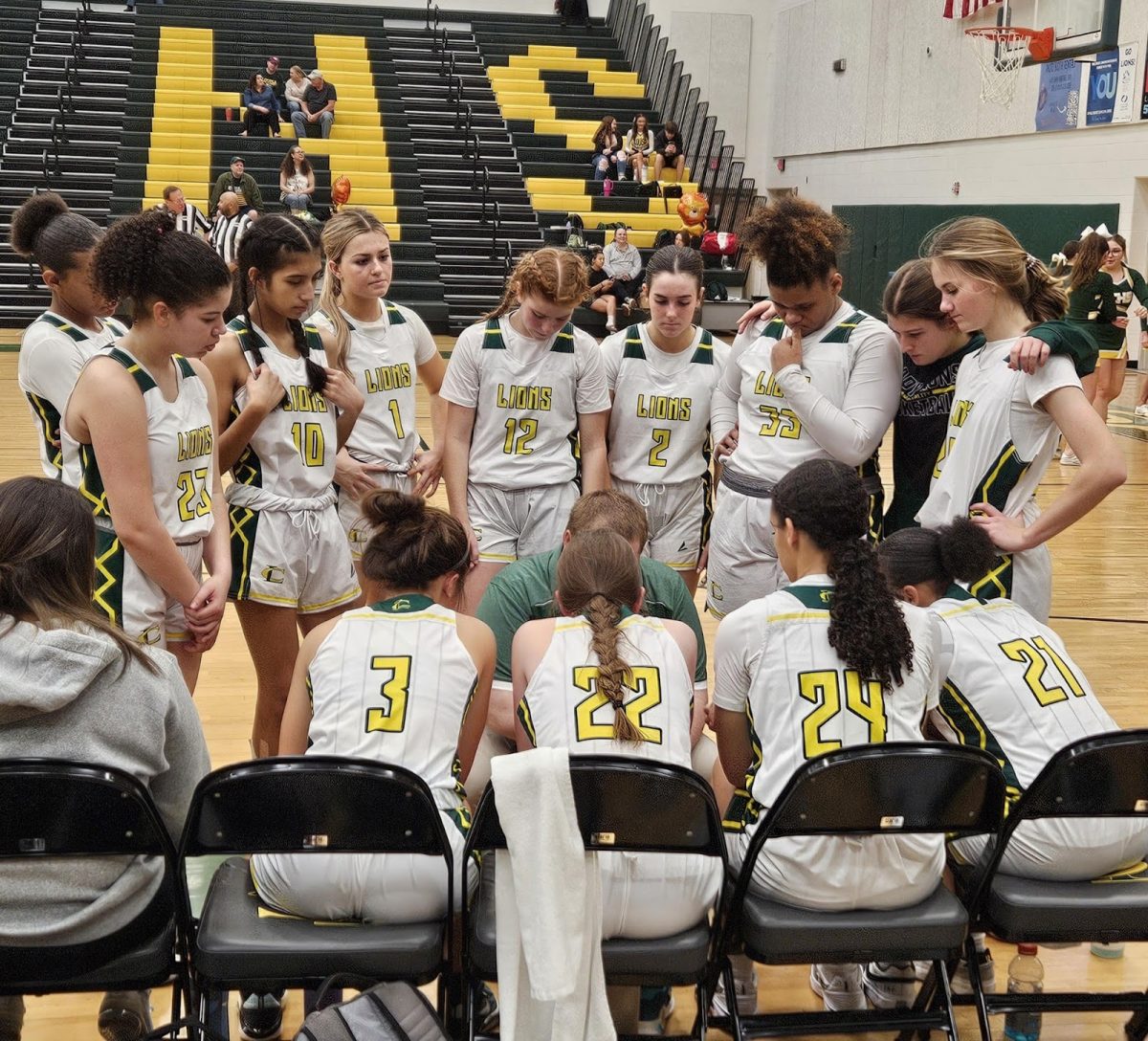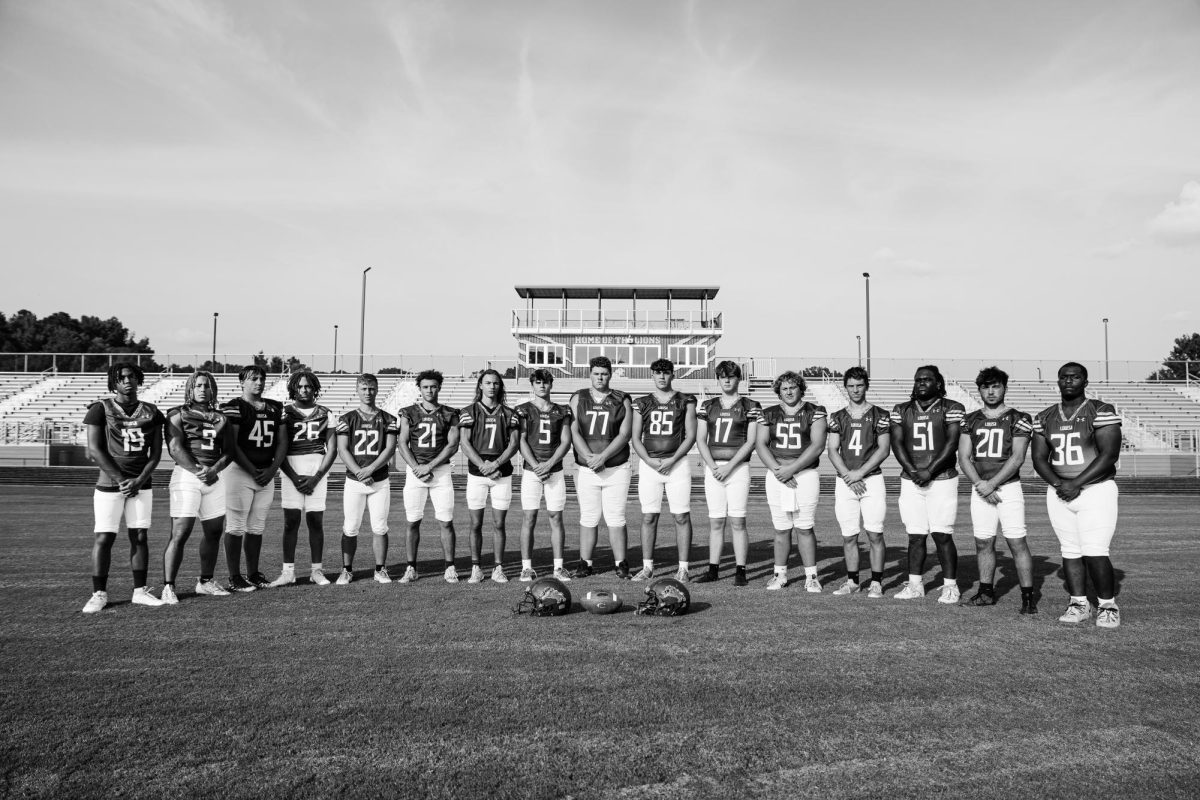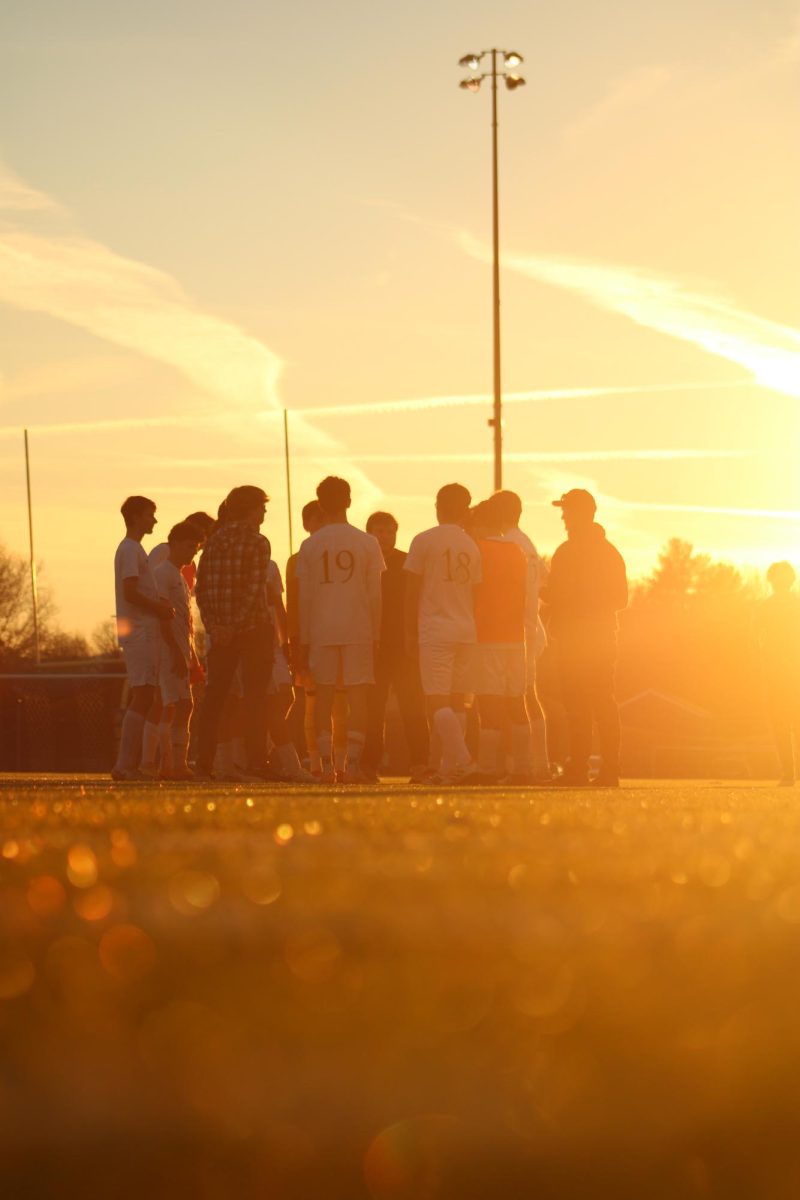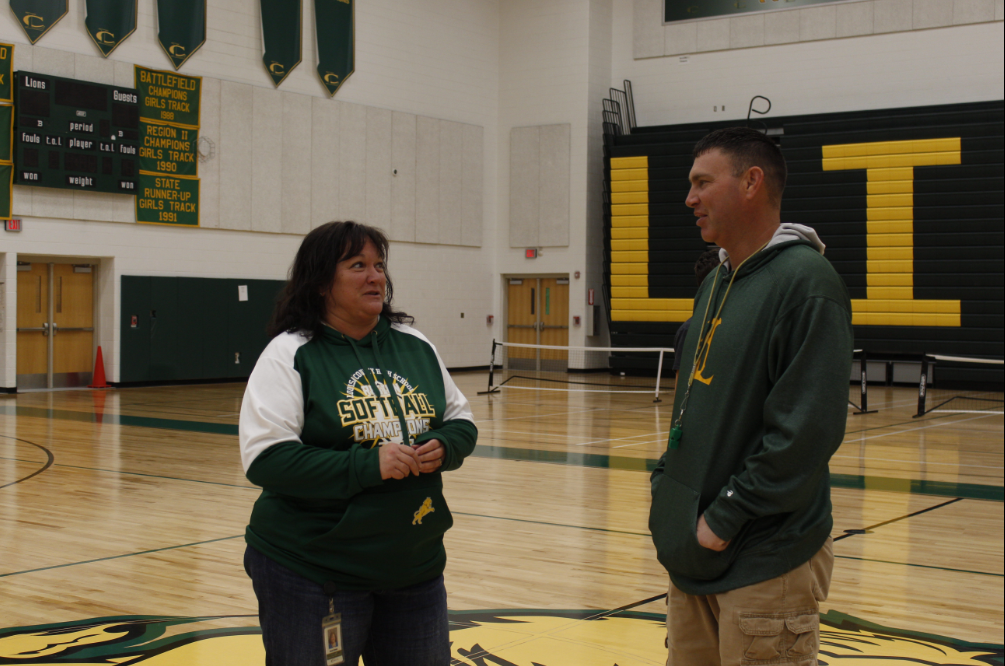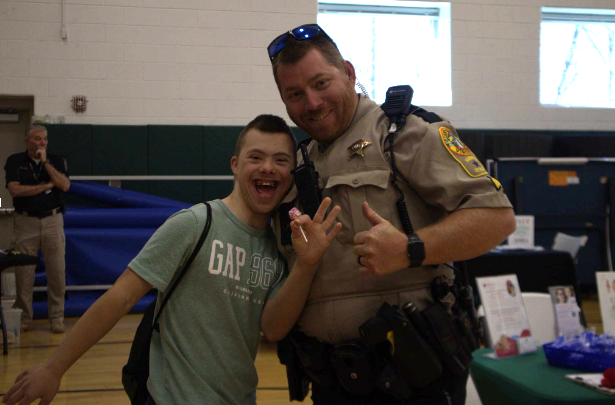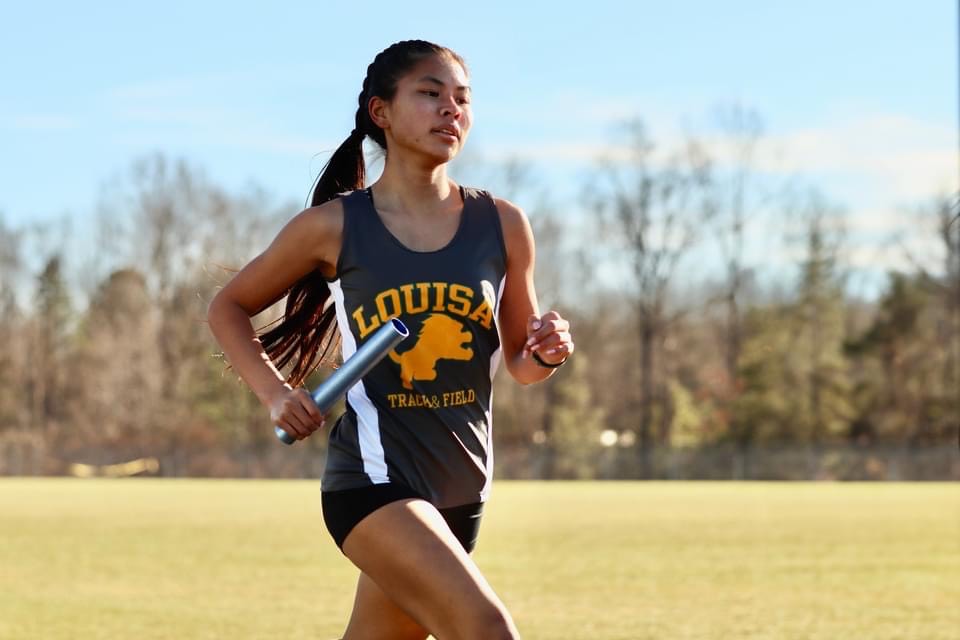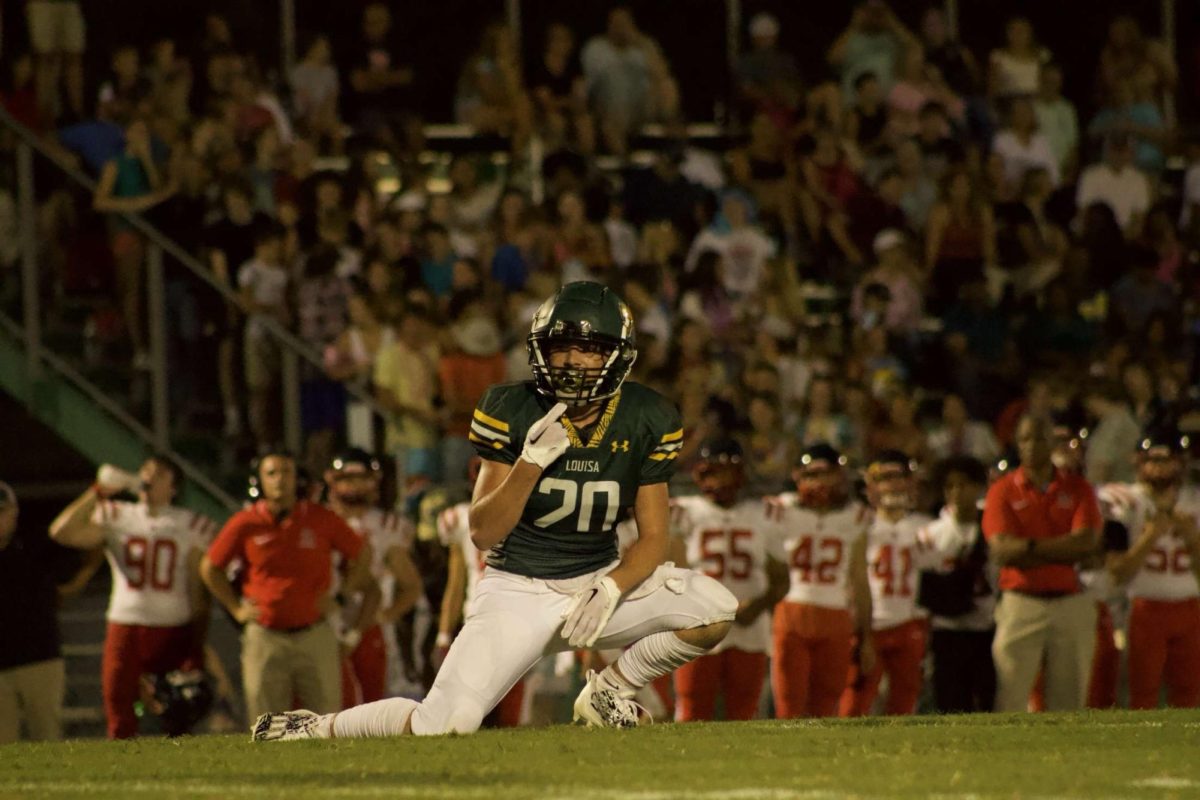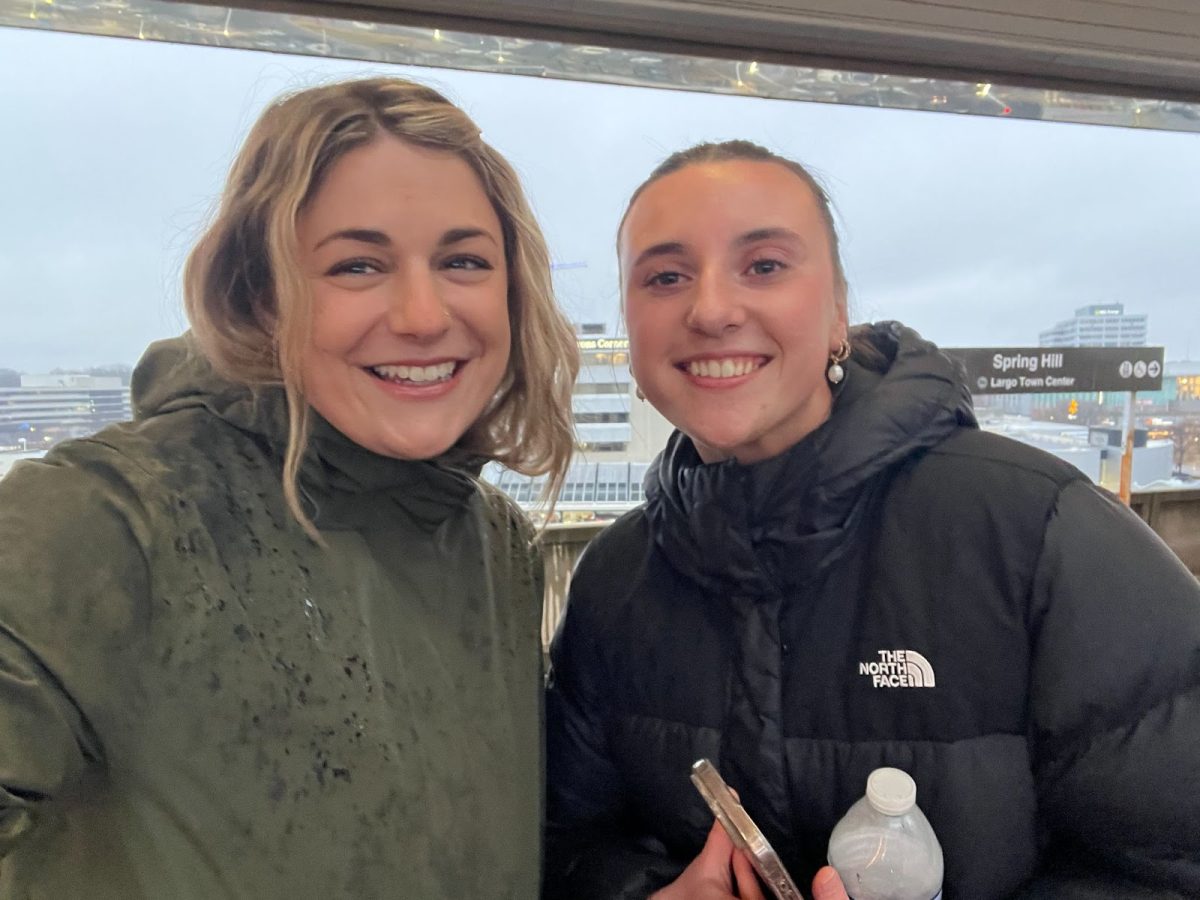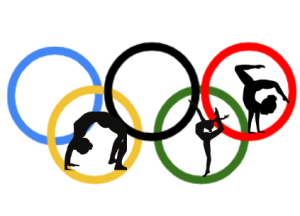Terminology: Football
January 14, 2022
A football game has four quarters. Each quarter lasts for 12 minutes, and between the second and third quarter is a 10- 20 minute break called “halftime.” 22 players are on the field at one time, 11 on defense and 11 on offense, facing each other at the line of scrimmage.
Key terms to know:
Line of scrimmage- The line of scrimmage is the imaginary line neither team can cross until the ball is snapped to the quarterback. This is where every play starts. The line of scrimmage is placed where the previous play ends.
Endzone- The endzone is the designated ten yards at both ends of the field for players to score.
Turnover- A turnover is when the defense obtains the ball from the offense.
Down- A down is a period of action when the ball is put into and out of play. One down is one play. The maximum amount of downs is four.
Incomplete pass- An incomplete pass is when the throw by the quarterback is not caught by the receivers.
Sack- A sack is when the defense breaks through the offensive line and tackles the quarterback.
Offense: If one team has the ball in their possession, they are attempting to get a touchdown. The ball must be carried into the endzone or passed to another player already in the endzone for a touchdown. A touchdown is worth six points. After a touchdown, players can attempt to score a two-point conversion. The ball will be placed at the two-yard line, and the teams have to carry the ball or pass the ball into the endzone. The offense has to gain a total of 10 yards within a series of four downs or the ball will be given to the other team. Gaining a total of 10 yards is called a first down. An orange marker will be held on the sideline so players and fans can know where the first down mark is.
Offensive positions:
Quarterback: The quarterback is the leader of the offense and passes the ball to receivers and hands the ball off to running backs.
Receivers: The receiver is furthest away from the quarterback and catches passes thrown by the quarterback.
Running backs: The running back is handed the ball from the quarterback and runs with the ball to the endzone or can catch short passes.
Offensive line: The offense line protects the quarterback from being sacked and receivers/running backs from being tackled.
Defense: The defense starts plays without the ball. The defensive team’s objective is to stop the offense from getting first downs and scoring. The defense prevents the offense from scoring by tackling players with the ball. They also try to cause turnovers. A turnover occurs when the ball is intercepted by the defense or when a ball carrier on offense drops the ball or fumbles, and the defense recovers the ball.
Defensive positions:
Defensive backs: The defensive backs’ primary job is to guard offensive receivers and prevent them from catching the ball.
Linebackers: Linebackers react to where the ball is so they can make tackles. They usually pursue ball carriers, but in special situations, they may have to guard receivers.
Defensive Linemen: The defensive linemen’s primary job is to sack the quarterback and stop running plays.
Safety: Safeties try to stop wide receivers from catching the ball and scoring downfield. They are the “safety net” or last resort for the defense.
Special teams: Special teams are only on the field during kickoff, kickoff return, punts, and field goals. A kickoff occurs at the start of each half and after a touchdown. Teams will kick off so there is more space between the other team and their endzone. When the team is receiving the ball, it is called a kickoff return. Usually, they will catch the ball and try to gain as many yards as possible. A special teams unit is used for a field goal as well. If the kicker kicks the ball between the yellow field goal bars, the kick is good. If this kick is made after the touchdown, the team gets one point. If the kick is made any other time, it is worth three points. Another special team is the punt team. On fourth down, the offense has one last chance to get a first down, but if the distance to the first down is too far, they can punt. By punting, the offense is still giving the ball to the defense. At a point farther from their end zone than they would by not achieving a first down, and subsequently turning the ball over to the defense.





